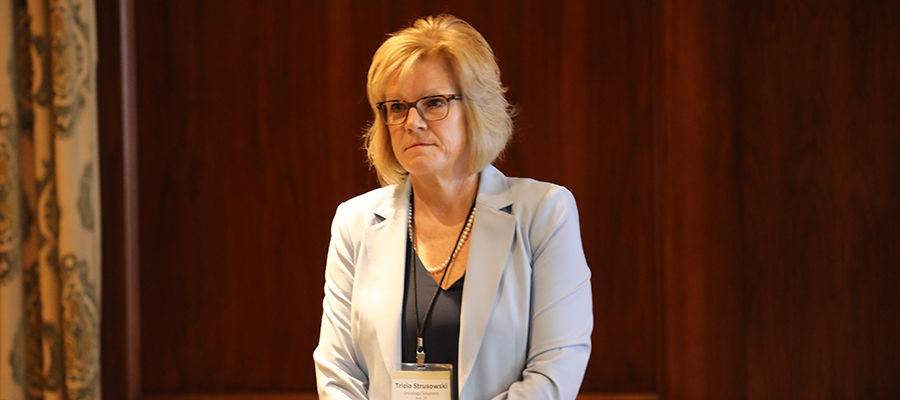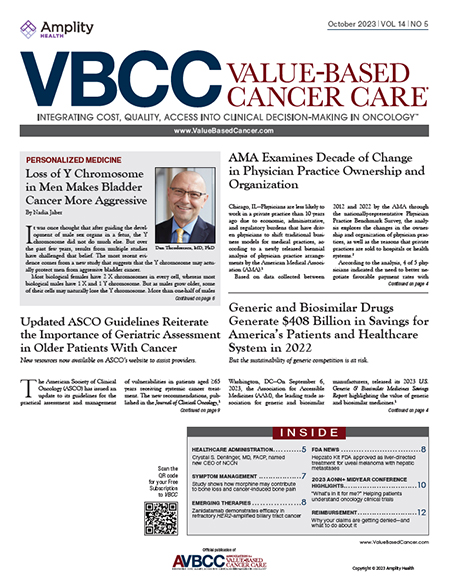As patient out-of-pocket costs continue to increase, almost every person diagnosed with cancer is at risk for being underinsured, but this threat extends beyond financial considerations. Recent research has shown that when patients face extreme financial distress, they have a greater risk for worse outcomes, including mortality. At the 2018 Association for Value-Based Cancer Care (AVBCC) Summit, held October 30- 31, 2018, in New York, NY, a distinguished panel moderated by Douglas Bock discussed the need to optimize patient services at the patient level by focusing on highvalue interventions.
When developing support programs, or “hub programs,” for a newly approved therapy, a number of important considerations must be taken into account. First, the organization must decide whether to develop the program internally or contract with an external partner. Only 12% of hub programs are developed internally; most are developed in tandem with an external partner or are outsourced altogether. Hybrid models are particularly common for products used to treat rare conditions.
It is critical to identify the top goals for supporting the patient and provider experience before beginning to build out services that support the key objectives. Although the patient experience is always paramount, hub programs also provide reimbursement support and other services to practices and institutions; therefore, the needs of both groups should be considered and prioritized. To achieve alignment across the manufacturer organization, efforts should be made to ensure that the full spectrum of internal stakeholder needs are considered and addressed, including brand teams, sales, channel marketing, compliance, and procurement. Panelist Tara Herington, RN, Vice President of Cardinal Health, noted the importance of having a clearly defined escalation pathway (ie, appeals process) in a support program to expeditiously resolve potential barriers to access. Likewise, manufacturers should strive to forecast the number of patients that will participate in the program and also anticipate how payer coverage is likely to evolve for a recently approved therapy.
According to the panelists, the most critical errors made by support program developers involve not considering the entire care delivery and payment ecosystem holistically in advance and underestimating longer term patient needs throughout the entire continuum of care. They noted that it is vital to think about how the program will expand to meet demand at launch and over time.
Although hub programs have some flaws, the panelists expressed no doubt concerning these programs’ value to patients and oncology practices and their ongoing role in the broader oncology care ecosystem.





